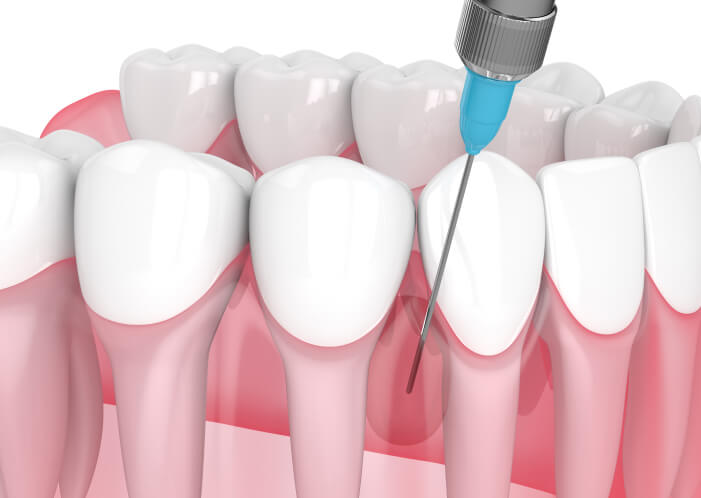Anesthesia
Dental anesthesiology is the anesthesia of the teeth and oral regions. As an oral and maxillofacial surgeon, Dr. Sonneveled is an expert at administering and monitoring anesthesia during dental and facial cosmetic surgeries. Depending on the type of surgical procedure and the patients’ comfort level, the right route and dosage of anesthesia can be used.

Dental anesthetics are used for two main reasons:
- to prevent or reduce pain during a dental procedure and
- to prevent spontaneous movement of the patient during the dental procedure (i.e., conscious sedation).
Learn More About Anesthesia
Give us a call today at 817-927-1818 or fill out the form below to schedule an appointment. You’ll be happy you chose Facial & Cosmetic Surgery Fort Worth.